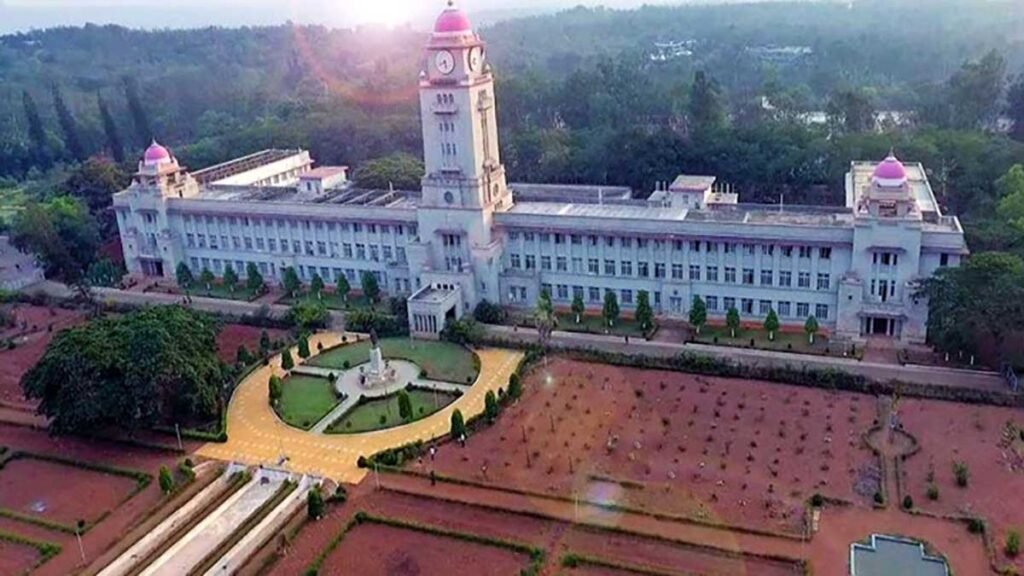
Dharwad is located in the north western part of Karnataka. Geographically, This place is surrounded by Gadag in the east, Belagavi in the north, Uttara Kannada in the southwest and Haveri in the south. Dharwad had been a part of many dynasties and kings including the Chalukyas, Bahmani Sultanate, Vijayanagara Empire, Adil Shahis, Mughals, Shivaji Maharaj, Peshwa Balaji Baji Rao, Hyder Ali, Tipu Sultan and finally the British East India Company.
It was merged with Hubballi (which is located around 20 kms apart) to form the twin cities of Hubballi-Dharwad. The Karnataka Government combined the twin cities of Dharwad (an academic and cultural hub) and Hubballi (a commercial and industrial hub) and formed the Hubballi-Dharwad Municipal Corporation (HDMC) which is the second largest in Karnataka after Bengaluru. Dharwad is home to the Karnataka University and the University of Agricultural Sciences as well as numerous other colleges.
The district is synonymous for its distinct culture, cuisine and a strong penchant for art and creativity. Prominent names that have left an indelible imprint in the field of music, literature and art include Jnanapeetha awardee Dr. D. R. Bendre, classical Hindustani singers like Kumar Gandaharva, Gangubai Hangal, Mallikarjun Mansur, Pt. Bhimasen Joshi, Basavaraj Rajguru and Sangeeta Katti, have also made the district proud. The well-known artist Halbhavi also belongs to this place. Alur Venkata Rao who spearheaded unification of Karnataka, Pampa Mahakavi and writer Patil Puttappa all hail from Dharwad. When it comes to cuisine, Dharwad Peda takes the cake and is the most famous culinary item of Dharwad which has also got the Geographical Indications (GI) tag. The traditional food ranges from the simple meal of Jolada rotis served with lentils and tangy chutneys to holiges, mandgis and kadabus. This place is also famous for its mango and guava orchards. Other must take souvenirs from here is the GI tagged Navalgund Dhurrie (a kind of floor carpet) and Kasuti embroidery sarees.
Heritage Sites
Chandramouleshwar Temple, Hubli: Chandramouleshwar Temple at Unkal is a Chalukya architectural monument dedicated to Lord Shiva. A unique feature of this temple is the presence of two Shivalingas, another unique aspect is one of the Shivalinga is a Chaturlinga (a linga with four faces carved on it), and two Nandi statues.
Amruteshwar Temple, Annigeri: Amruteshwar Temple at Annigeri is well-known for its architecture (with 76 pillars and mythological carvings) built by Chalukyas in the 11th century.
Banashankari Temple, Amargol: Banashankari Temple at Amargol is a fine architecture built in the 12th century by Chalukyas and is dedicated to Goddess Banashankari and Lord Shankarlinga.
Dharwad Fort: The remains (only two main gates) of, once a great fort, now lie in the center of Dharwad and was built by Dhar Rao in the year 1403.
Bhavani Shankar Temple, Hubli: Bhavani Shankar Temple is one of the oldest temples located in the Old Hubballi area built during Chalukya times and has the deity of Shiva Parvathi and Sri Narayana.
Shambulingeshwar Temple, Kundgol: Shambulingeshwar Temple at Kundgol built during the times of the Chalukya Empire is very attractive for its well-polished decorated pillars.
Kalmeshwar Temple, Kamadhenu: Kalmeshwar Temple is an ancient monument located at Kamadhenu village near Kalaghatagi town.
Basavanna Temple, Tambur: Basavanna Temple built during Chalukya times at Tambur village close to Kalaghatagi town has a finely carved bull inside the temple.